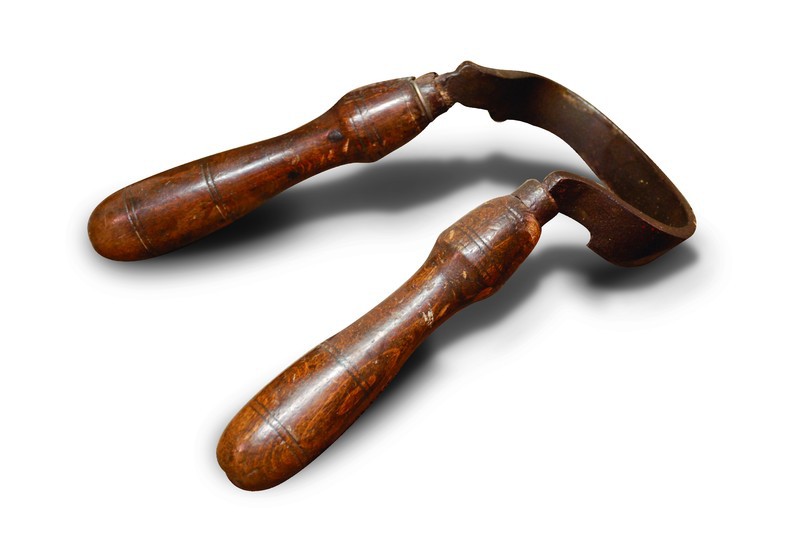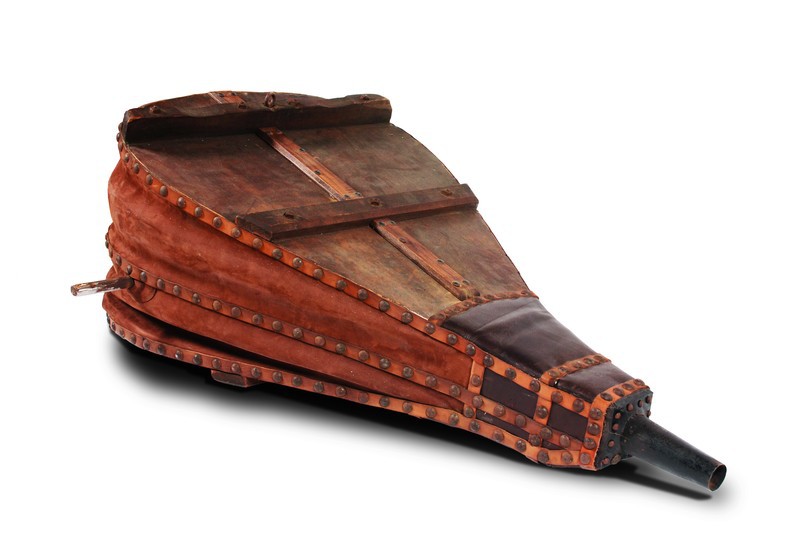Research
Search our website
Search our website by entering a keyword or choose a database above to search specifically.
Search
Showing search results 13,601 - 13,610
14,512 results found

Wells
Water is vital for both people and animals, yet before the introduction of
the well-known tap water, people had to resort to wells. This well water
was used for a wide range of purposes: to drink, to prepare meals, to wash
the dishes, to water the cattle, to clean, etc. But next to its domestic
value, water was and still is a crucial component in the industry as well:
just think of breweries, tanneries, ice- and lemonade factories, etc. You
can also find wells in these industrial sites. Until recently, the water
well was actually a very important aspect of daily life. It was only after
the general distribution of modern water supplies in the second half of the
twentieth century that the use of wells rapidly declined. Only a few
decades ago, water well systems were still an integral part of the
landscape. Unfortunately, more and more wells fell into disrepair and many
of them were demolished. In many cases the well shaft remained, but the
well was covered. Not only the architectural heritage...

Requesting information

Accesibility
Access The MOT is housed in historic buildings that were not originally
intended as a museum. The many stairs, floors and mezzanines hinder access
for visitors who are less good at getting about, and especially for
wheelchair users. To help persons with specific needs, physical or mental
limitations, we can make adjustments where possible. Feel free to contact
us at +32 2 270 81 11 or info@mot.be.

Admission fees

Privacy policy and data processing

Floors
Floors On the ground level, the floors of timber framed buildings are made
of natural stone, brick or earth. On the elevated floors, they can be made
in wood. Cheaper than tiled floors are earthen floors, which were common in
many farms and certainly in barns. An earthen floor is not just some made
by ramming earth, it requires knowledge to install it properly.

Plan your visit
Plan your visit The MOT, one museum, three locations:

What is what?
What is what?This text can only be consulted in Dutch.

Zoek op firma
RCB: search by company nameRCB stands for the Repertorium van de Belgische
Handelscatalogi (Directory of Belgian Trade Catalogues). It is an online
aid to trace trade catalogues published in Belgium before c. 1950, in
public collections.Click on a company name to open the corresponding file
or search for the name of a city or municipality. You can quickly search
using the key combination "Ctrl-F" and go through all search results with
the "enter" key.

The collection was moved








